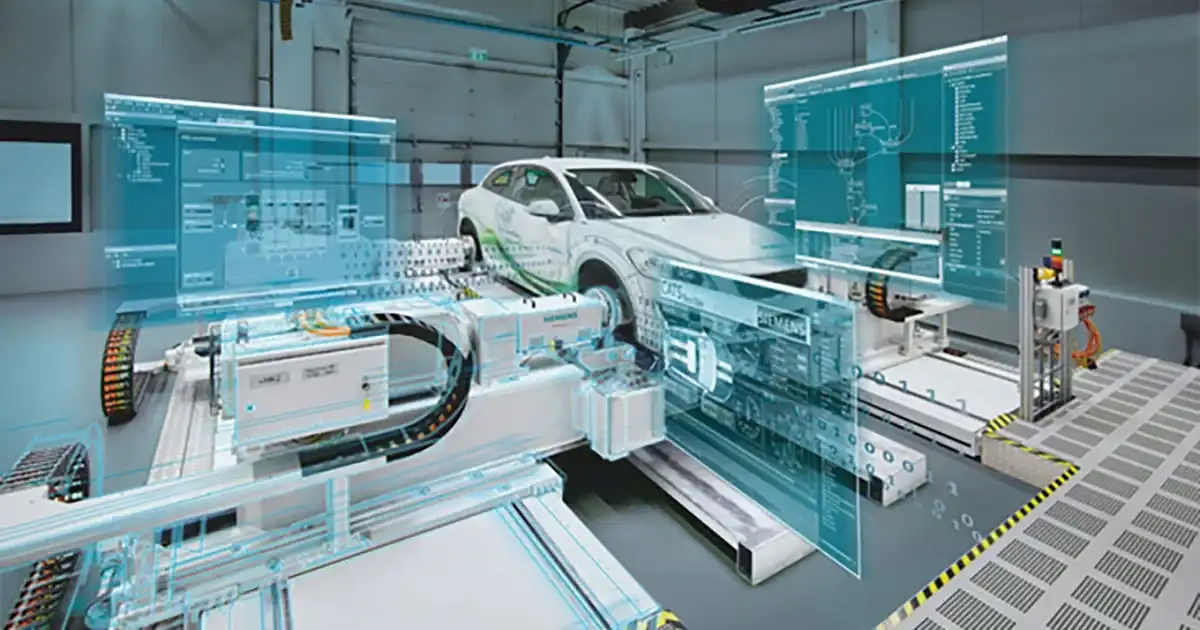Title: STM 32Microcontroller
Introduction to STM23
- The STM32 series of MCUS which was created by STM Microelectronics consists of an ARM Cortex-M 32 bit processor core.
- In this microcontroller series and parallel communication system exist through which numerous external devices such as cameras, sensors, motors, etc can be connected.
- The STM32 is a very common type of microcontroller used in numerous types of devices. It also provides facilities for linking with other types of microcontrollers.
- Every STM32 MCU also consists of in-built flash memory and random access memory.
- The operation range offered by the STM32 is a little bit costly.
- There are Series of STM32 like STM32F0 and STM32f1 which operate with the clock signal of having a frequency 24 megahertz and exiting in a casing having 16 pinouts.
- Another category of STM32 series is STM32H7 which works at the 400 megahertz frequency and exits in a casing having240 pinouts.
- These modern categories of MCU have some features of microprocessors with the microcontroller.
- For such applications that operate on less power or are portable devices, STM32L series is created.
Features of STM 32
- The crystal oscillator of four to 26 megahertz is used in this module.
- It uses a 32 kilo hertz oscillator for RTC (Real-Time Clock).
- Operating voltage is from 1.8 volts to 3.6 volts.
- In this module flash memory, up to 1 megabyte.
- Static random access memory of 128 byte is used in these modules
- The modes which it has are sleep, standby, and stop modes.
- It has the Twelve 16-bit and two 30-bits timers.
- This module consists of 3 by 12-bits 5-microsecond analog to digital converter having 24 channels.
- It consists of the 3 I2c interfaces.
- It has 4 USART and 2 UART and 3 SPI.
Why STM 32 is Popular?
- Power Efficiency: STM32 microcontrollers are designed to operate in low power consumption, making them ideal for battery-powered and energy-efficient applications.
- Peripheral integration: These microcontrollers have a wide range of built-in peripheral modules, including GPIO, timers, Interrupt, WatchDog Timer, UART, SPI, I2C, CAN, USB, etc.
- High-performance:The STM32 gives the high-performance products and their ecosystem accelerates to innovate the MCU developers. By Upgrading more performance, more memory and more peripheral resources, STM gives Freedom to developers for more design and takes on the challenges of more complex applications.
STM32 Programming
STM32 microcontrollers can be programmed through C/C++, its a popular programming language which is used for embedded systems. There are different ways to program in STM32 microcontrollers:
- Using the ST-Link debugger: The ST-Link debugger is a hardware tool that helps to connect the STM32 microcontroller to your computer. We can use a development environment, like the STM32CubeIDE, to program the microcontroller.
- Using the CubeMX graphical configurator: The CubeMX graphical configurator is a software tool that helps to configure the peripherals on the STM32 microcontroller. We can export the generated code to a development environment, like the STM32CubeIDE to program the microcontroller.
- Using the online compiler: There are different online compilers that help to program STM32 microcontrollers. These compilers are good if you don’t have access to a hardware debugger or development environment.
Where are STM32 microcontrollers used?
STM32 microcontrollers are used in different industries.
- Automotive: STM32 microcontrollers are used in the automotive domain, like power steering, braking systems, and engine control.
- Medical Sector: They are used in healthcare applications, like medical devices, wearables, and point-of-care diagnostics.
- Industrial automation: These microcontrollers are used in industrial automation applications, like machine control, process control, and robotics.
- Consumer electronics: These controllers are used in consumer electronics applications, tablets, Mobile Phones, and Smart TVs.
MORE BLOGS

Changing Electric Vehicles with Embedded Systems: A Profound Jump into their Importance
Electric Vehicles (EVs) have arisen as a distinct advantage in the auto business, offering a supportable option in contrast to conventional gas-powered motor vehicles. The outcome of EVs, in any case goes past proficient powertrains and battery innovation; it vigorously depends on the coordination of state-of-the-art embedded systems. In this far-reaching article, we ...Read More

Difference Between Embedded System Programming & IOT Programming
Embedded system introduction : An embedded system implies a PC structure expected to do unambiguous jobs inside a greater structure or thing. It is a mix of hardware and programming parts that collaborate to give committed helpfulness. ...Read More

Use of Embedded Systems in Automotive Industry
Embedded structures expect a huge part in the auto business, engaging various capacities and features inside present-day vehicles. The following are a couple of basic reasons for embedded structures in the vehicle business: Engine Control Unit (ECU):...Read More

The Vital Role of Embedded Systems in Electric Vehicles
The automotive industry is experiencing a seismic shift as electric vehicles (EVs) become the dominant focal point in the mission for sustainable transportation arrangements. Past the electrification of powertrains, embedded systems are emerging ...Read More
